These are a group of plants whose most striking feature are the colors of their leaves. Although there are many in my garden there are only two species.
The diefembachia maculata and the one with green leaves, the maculata has thin, oval leaves with shades of white and green, and then there are those with green leaves and a characteristic central nerve. The leaves are shiny and must be cleaned of dust to maintain their permeability. They enjoy the semi-shadow, because the direct exposure to the sun burns its leaves.

It’s considered an indoor plant. It can be kept both inside the house and in places where the sunlight reaches them indirectly. They aren’t plants that enjoy a lot of moisture in their substrate.
For the fertilizer, it’s necessary to know that they like acidic pH, so organic fertilizer must be added to the substrate so that strong leaves and stems grow. It’s usually a plant that doesn’t reach more than one meter in height.
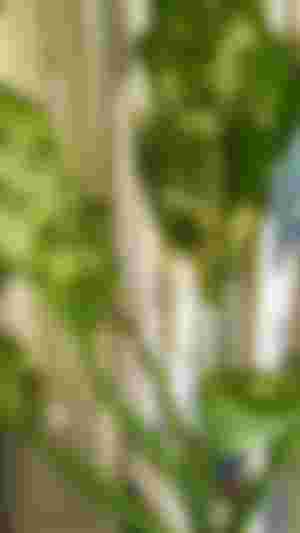
It’s a species that is considered toxic, because putting your hands in direct contact with the sap of the plant from the leaves or stems, or even handling the plant by cutting its leaves, can cause inflammation of the mouth and eyes.
This plant has bloomed twice. With a spathe whose center is a white spike that remains for more than 15 days.

The substrate must be free of puddles, because it doesn’t tolerate excess watering but it does support long periods with no watering.
For reproduction, cuts are made to the plant of the size that we best consider and then it’s sown in a substrate with good drainage. Again, the plant prefers substrate with slight acidity.
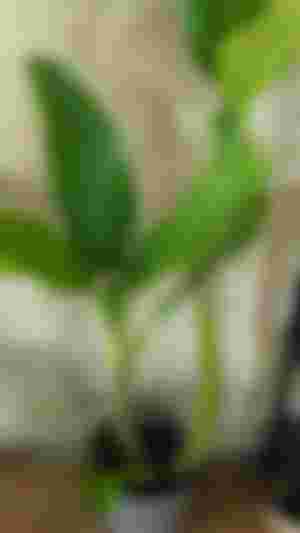
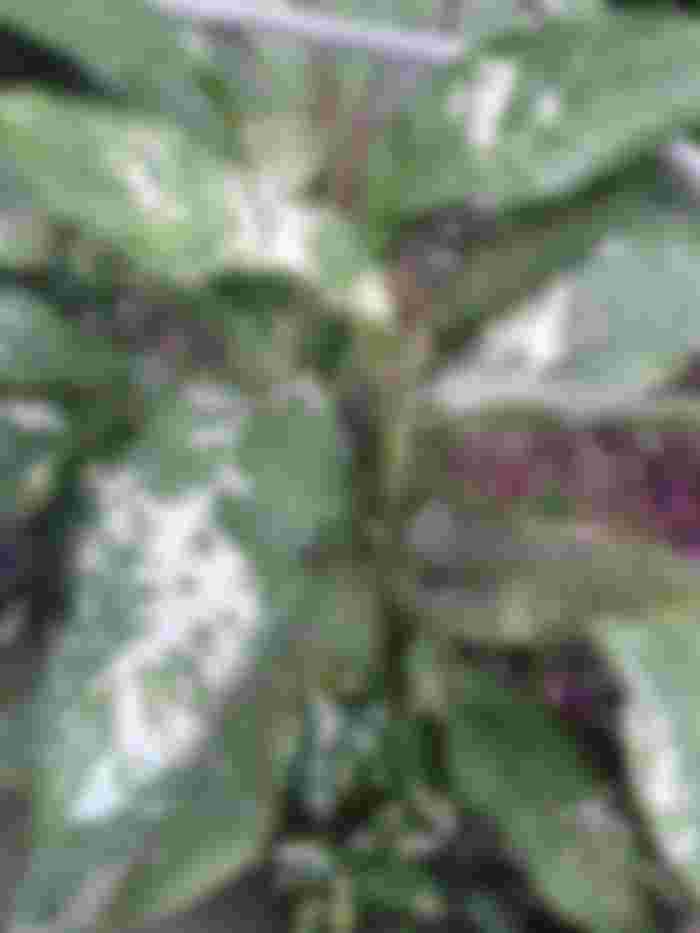
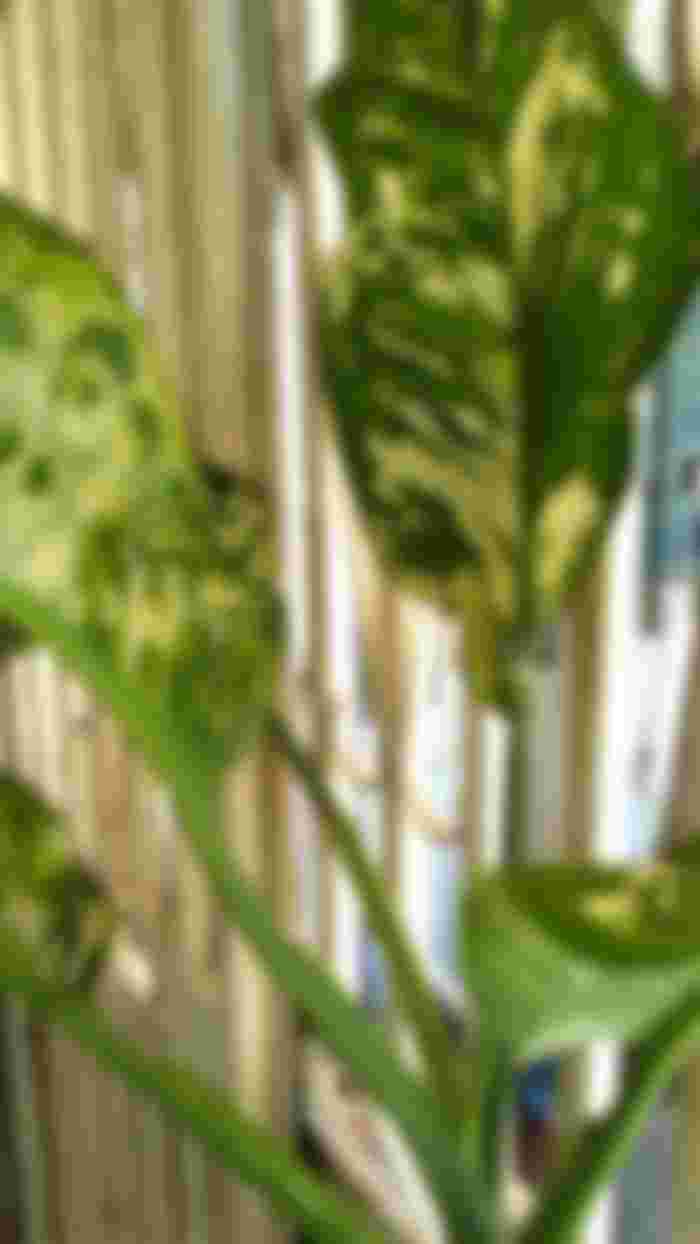
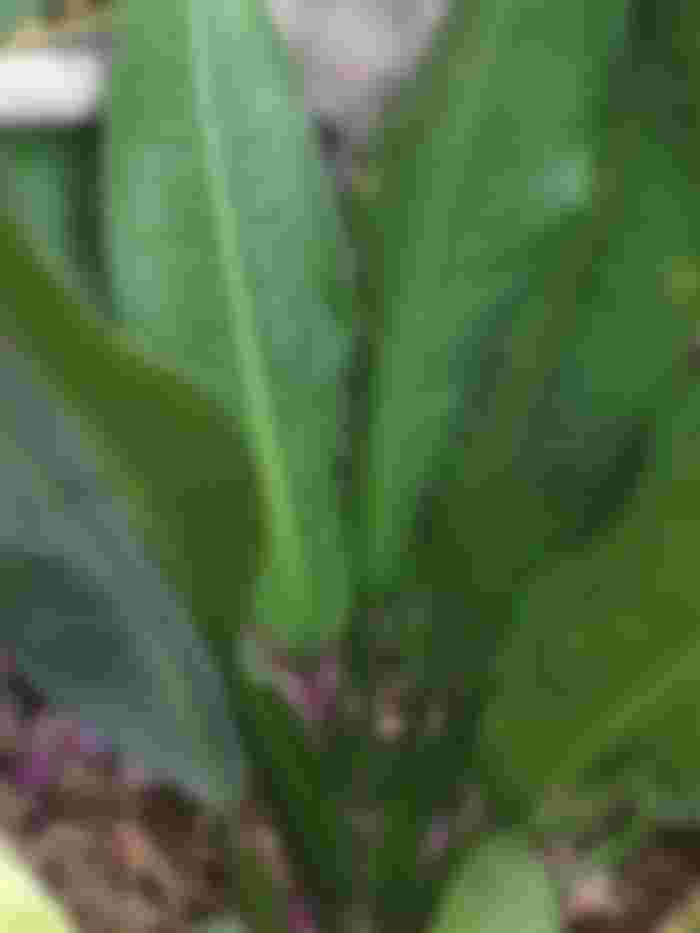

Ohh we also have this plant in my grandmother's garden but ours has white spots which make it look more exotic, maybe because we planted it outside